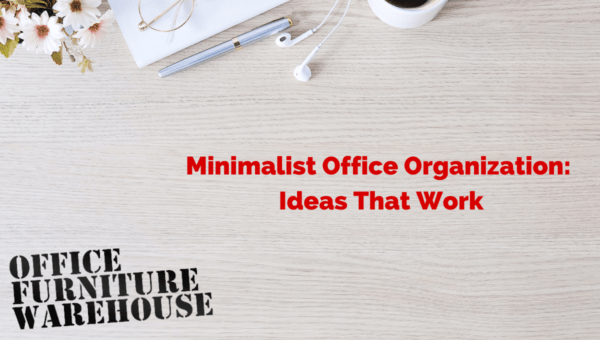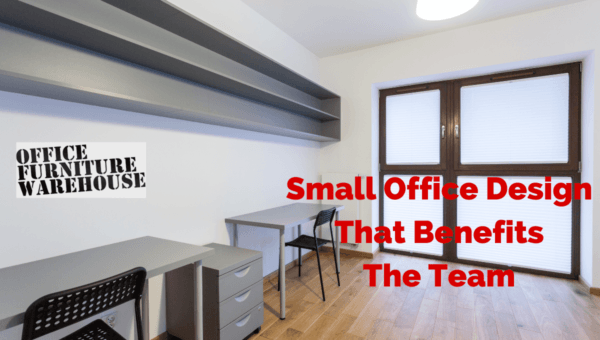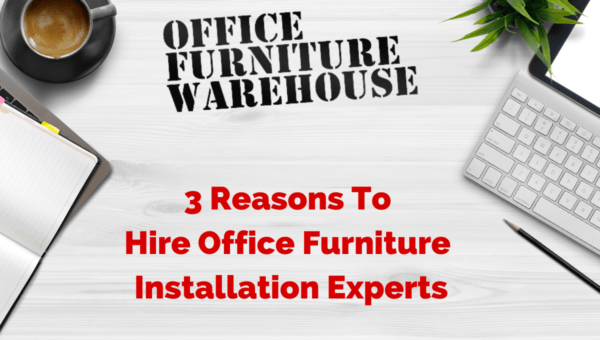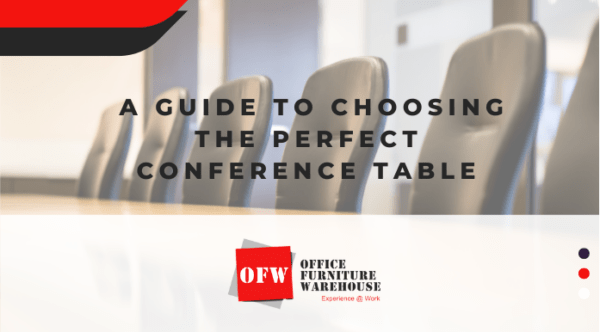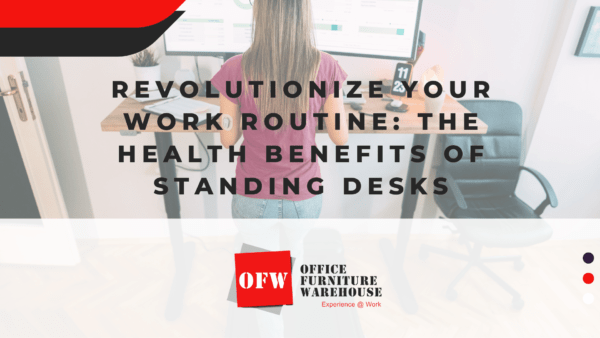Healthcare Environments Needs Good Healthcare Furniture
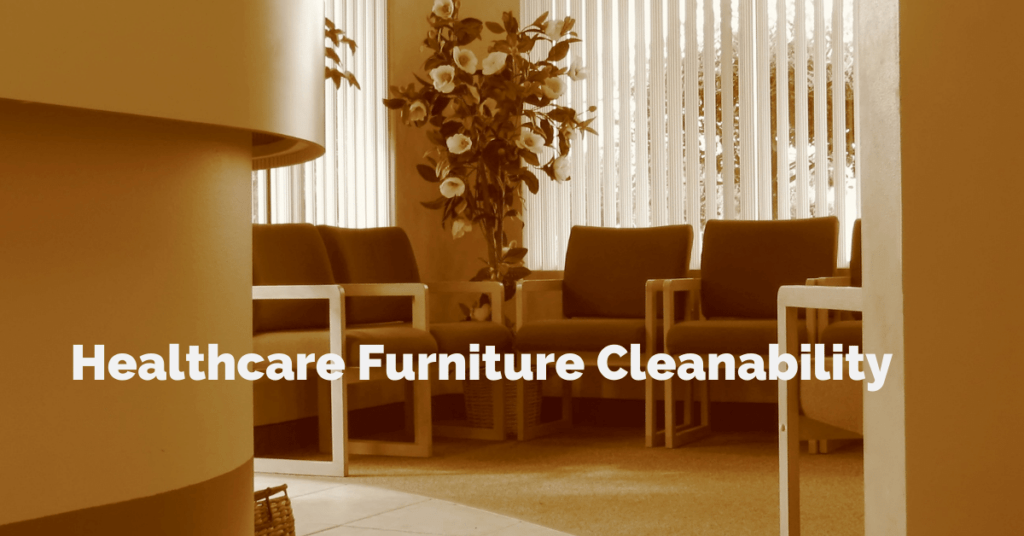
When people visit their general practitioner, they assume that the examination room has been through regular cleaning and a safe environment. But, unfortunately, it can still be easy to pick up a cold or flu from the office. Often, this is due to airborne transmission, but after last year we see more folks concerned about anything they touch in a health care setting like clinics or doctor’s offices.
How Covid-19 Has Shown The Importance Of Cleaning Healthcare Furniture
This past year, healthcare facilities have been working overtime. It’s been a lot between taking care of COVID patients, their regular patients, and keeping high-touch surfaces sterilized. While hospitals have specific rules regarding what types of furniture are allowed on the premises, some doctor’s offices are a little more lenient. Your therapist is more likely to have upholstery fabrics on couches in waiting and meeting rooms. It all really depends on the various medical environments and what is allowable. This has long been due to the amount of surface disinfection that takes place and the effect it can have on different types of office furniture. A therapist’s office may go through a minor cleaning or two during the day, whereas, say, a dentist will be dealing with patients in between major sterilization for safety reasons.
Surface Materials Matter
Disinfectants are commonly made with quaternary ammonium compounds, sodium hypochlorite, and accelerated hydrogen peroxide in any health care setting. These three are so common and yet can damage some wood surfaces and other porous surfaces. Therefore, using soap and water on porous surfaces is recommended. We also recommend limiting who can use wood desks and upholstered furniture in the meantime.
Non-porous materials are going to be a saving grace to any doctor’s office. Laminates, acrylics, and resins hold up well to abrasive cleaners and all types of environmental cleaning. Ultraviolet light (UV) and hydroperoxide misting are two popular methods for disinfecting non-porous surface materials. Healthcare professionals are unsure of the efficacy of combating pathogens, but many support using it for infection prevention.
Battling Healthcare-Associated Infections
Infections caught in health care settings are an issue that has been around for a long time. However, as we learn more about the spread of infections through bodily fluids, coughing, and sneezing, we learn new ways to clean and disinfect.
More and more facilities use EPA-registered disinfectants to sterilize hospital rooms, exam tables, and waiting areas to protect from dangerous pathogens. Many are also making alcohol wipes and hand sanitizer available to patients admitted or visiting self disinfect during their time. Deep cleaning and disinfection take priority.
Creating Routine Cleaning Schedules
Creating a cleaning schedule is the best way to combat germs and staying as sterile as possible. High-touch surfaces should be at the top of the list due to frequent contact. These areas include:
- floors
- chairs
- tables
- elevator buttons
- occupied patient rooms
When areas are not as active, you can put them on the schedule for minor cleaning as needed and at the end of the day. An empty patient room that no one has been in for a day or so can wait until it’s time to move someone in there. The same can be said for some furniture cleaning in low-active areas.
Used Healthcare Furniture Is An Option (closing)
Untreated furniture can be a major liability for the medical and dental industry. Its lack of durability has proved this when sterile environments are needed most, like in an outbreak or epidemic situation. Instead, medical facilities should take advantage of used healthcare office furniture readily available from Office Furniture Warehouse today! With our help, you’ll not only save money on your budget but also get to use ultra-durable products that will last through any circumstance thrown at them – even pandemics.

